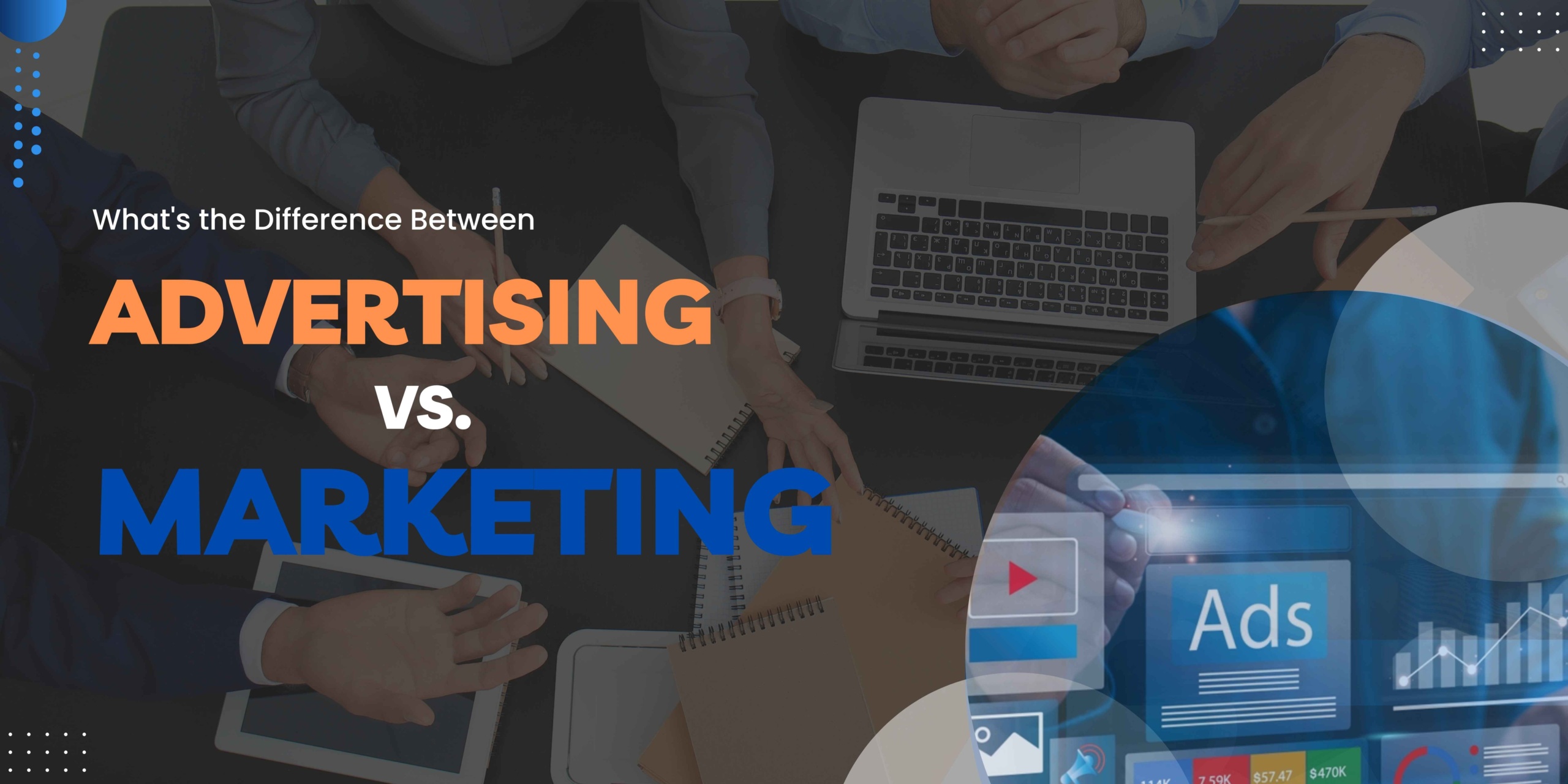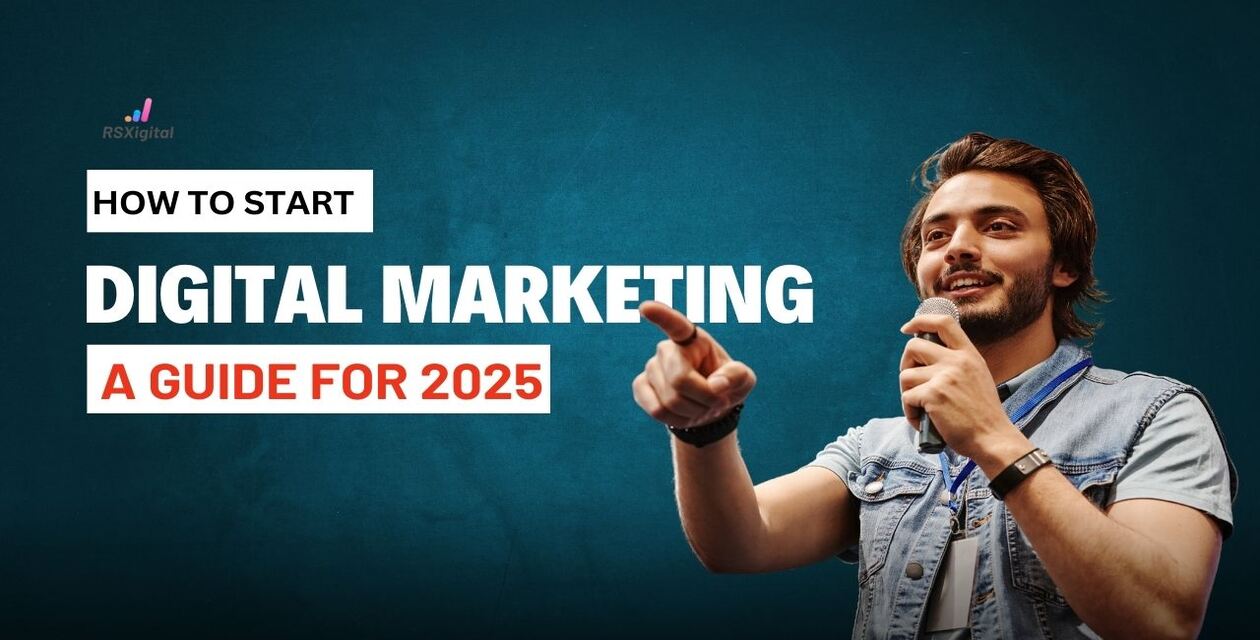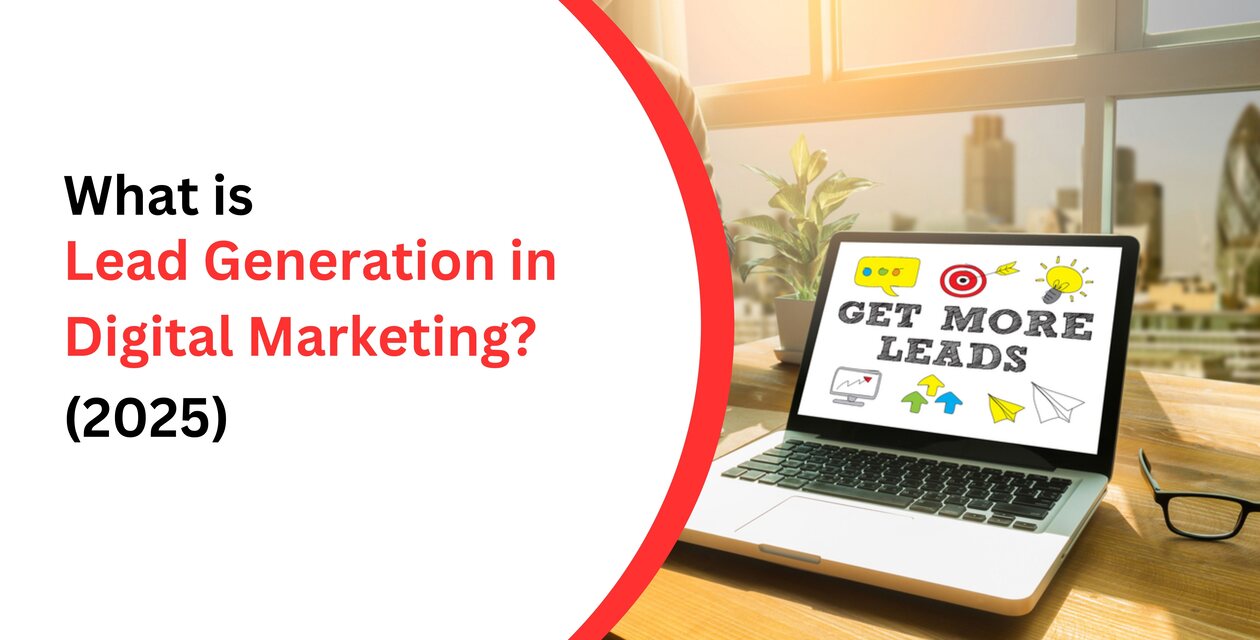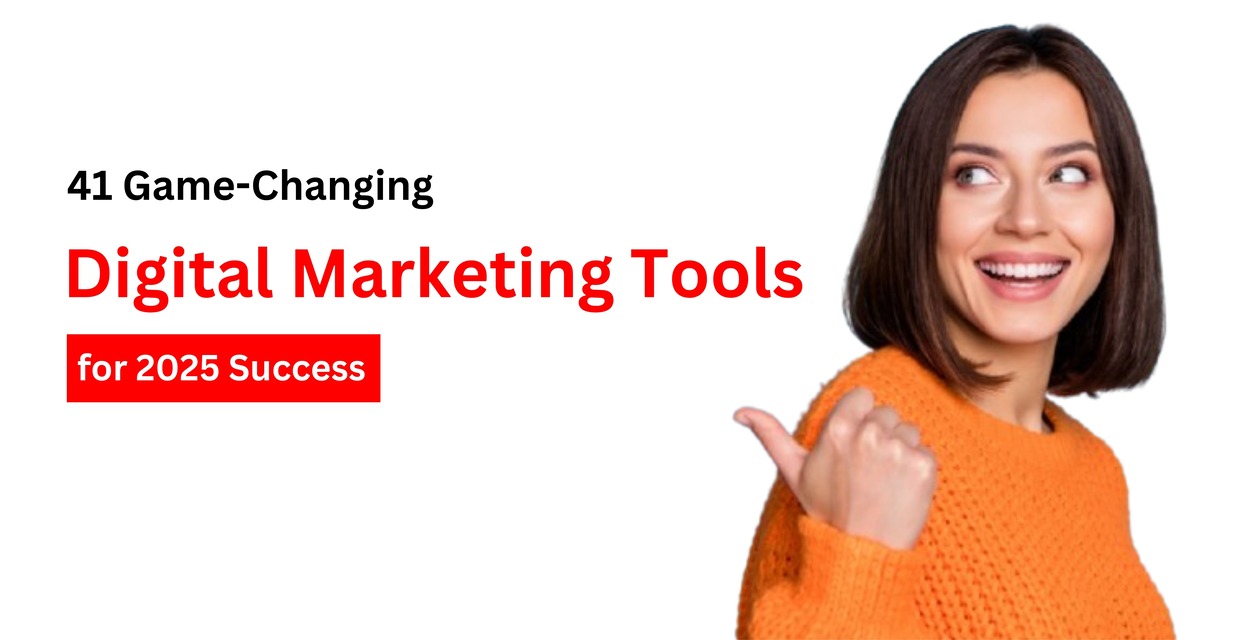Marketing and advertising are often used interchangeably, but they are not the same. Both play essential roles in promoting a business, yet they serve different purposes. Understanding the difference between marketing and advertising can help businesses create effective strategies to reach their audience and achieve their goals. Marketing vs advertising work together to ensure a business reaches its full potential.
What is Marketing?
Marketing is a broad concept that includes all activities a company undertakes to promote its products or services to potential customers. It involves research, planning, and execution of various strategies to build brand awareness and drive sales. The process encompasses several components, such as:
- Market Research: Understanding customer needs, market trends, and competitors.
- Product Development: Creating products that meet market demand.
- Branding: Establishing a unique identity and positioning in the market.
- Public Relations (PR): Managing the company’s image and relationship with the public.
- Sales Strategies: Techniques to convert leads into customers.
- Digital Marketing: Utilizing online platforms to reach a broader audience.
Types of Marketing
Marketing comes in various forms, each tailored to reach specific audiences and achieve unique business objectives. Some common types of marketing include:
1. Content Marketing
Creating and distributing valuable content to attract and engage a target audience. This includes blog posts, videos, infographics, and other forms of content that provide value to consumers.
2. Social Media Marketing
Leveraging platforms like Facebook, Instagram, and LinkedIn to promote products and engage with customers. Social media marketing helps build a community around a brand and increases visibility.
3. Search Engine Optimization (SEO)
Optimizing content and website structure to improve search engine rankings. SEO involves keyword research, on-page optimization, link building, and content creation to attract organic traffic.
4. Email Marketing
Sending targeted messages to potential and existing customers to drive engagement and conversions. This includes newsletters, promotional emails, and personalized recommendations to maintain customer relationships.
5. Influencer Marketing
Collaborating with influencers to reach their audience and build brand trust. Influencers have established credibility in their niche and can help businesses tap into new markets.
6. Event Marketing
Hosting or sponsoring events to increase brand awareness and connect with customers. Events provide an opportunity to showcase products, network, and build meaningful relationships with the audience.
Why it is Marketing Important?
Marketing is essential because it helps businesses connect with their target audience, build trust, and drive sales. Effective marketing strategies enable companies to differentiate themselves from competitors and establish a strong brand presence. Without marketing vs advertising, businesses may struggle to attract and retain customers, leading to limited growth and visibility in the market.
What is Advertising?
Advertising is a subset of marketing that focuses on promoting a product, service, or brand through paid channels. Marketing and advertising efforts work hand in hand to ensure businesses reach potential customers. It involves creating and distributing messages to attract potential customers and persuade them to take action. Advertising methods include:
- Online Advertising: Pay-per-click (PPC) ads, social media ads, display ads.
- Traditional Advertising: TV, radio, newspapers, and magazines.
- Influencer Marketing: Partnering with influential individuals to promote products.
- Outdoor Advertising: Billboards, banners, and transit ads.
Types of Advertising
Advertising can be categorized into several types based on the medium and target audience. Some common types of advertising include:
1. Digital Advertising
Online ads such as social media ads, search engine ads, and banner ads. Digital advertising allows businesses to target specific demographics and track campaign performance in real-time.
2. Print Advertising
Traditional methods like newspapers, magazines, and brochures. Print advertising is effective for reaching local audiences and specific niche markets.
3. Broadcast Advertising
TV and radio commercials that reach a broad audience. This type of advertising is useful for building brand awareness on a large scale and is often used for national and regional campaigns.
4. Outdoor Advertising
Billboards, transit ads, and posters placed in high-traffic areas. Outdoor advertising is a powerful tool for capturing attention and increasing brand visibility in public spaces.
5. Native Advertising
Ads that blend seamlessly with the content of a platform to provide a non-intrusive experience. Native ads appear in social media feeds, news articles, and other content platforms to engage audiences naturally.
6. Direct Mail Advertising
Sending promotional materials directly to customers via mail. Direct mail advertising is useful for personalized outreach and can include flyers, catalogs, and postcards.
Why is Advertising Important?
Advertising is crucial for businesses to increase brand visibility and drive customer engagement. It helps companies communicate their value propositions effectively to a large audience and persuade potential customers to take action. Advertising allows businesses to stay competitive, reinforce their brand image, and reach targeted demographics through various channels.
Key Differences Between Marketing vs Advertising
Understanding the distinction between marketing and advertising can help businesses allocate their resources more effectively. Here are the primary differences:
How Marketing and Advertising Work Together
While marketing and advertising are different, they complement each other. A successful marketing strategy often includes advertising as a key component to amplify reach and visibility. Marketing lays the foundation by understanding the market and creating a strategy, while advertising helps communicate the message effectively to the target audience.
Which One is More Important?
Both marketing and advertising are crucial for business success. Marketing provides a strategic framework, ensuring that efforts align with business objectives, whereas advertising acts as a tool to drive traffic, increase sales, and enhance visibility.
Conclusion
Marketing vs advertising are interconnected but distinct. Marketing focuses on the overall strategy, while advertising is about tactical execution. Understanding the difference between advertising and marketing can help businesses plan better and achieve their objectives effectively.
If you’re looking to grow your business, a well-planned marketing strategy that includes advertising can help you reach your audience and achieve long-term success.
Connect RSXigital – Premier Digital Marketing Agency
Connect RSXigital is a premier digital marketing agency committed to helping businesses build a strong online presence and achieve measurable success. By focusing on innovative strategies and data-driven solutions, we provide a wide range of services, including SEO, PPC advertising, social media marketing, content creation, and web design. Moreover, our experienced team works closely with clients to understand their goals and craft tailored marketing campaigns that maximize ROI. Whether your objective is to enhance brand awareness, generate leads, or increase sales, Connect RSXigital is your go-to partner for digital growth.




